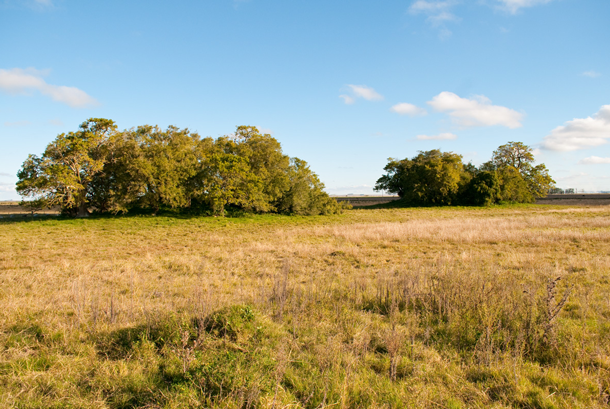
Bañados del Este
The Bañados del Este Biosphere Reserve in Uruguay can be explored through its sounds. The calls of birds and insects fill the landscape, joined by quieter sounds such as those of footsteps walking along the coast, or louder ones such as daily interactions in the community that lives here.
All these sounds take you on a journey of exploration, and invite you to respect nature and celebrate life.
Prepare your mate and bombilla: the Laporta family will take you on a visit through the traditions, beauty and rich biodiversity of this amazing place.
Hidden among the dunes, this tourist destination is among the most popular in the biosphere reserve and the perfect spot to connect with nature. Due to its remoteness, there is no connection to the local grid or landlines, but the local population is able to access mobile networks and the internet.

Known elsewhere in the Americas as capybara (Hydrochoerus hydrochaeris), the world’s biggest rodent is very social and expressive. Often found in groups of up to 20, they are frequently seen with other animals. The capybara purrs like a cat when content and squeaks when happy.

Several mounds scattered across the territory provide evidence of the presence of humans dating back 4,000 years. Archaeologists have found stone and bone tools, pottery and also cemeteries where humans were buried in several cases with dogs.









